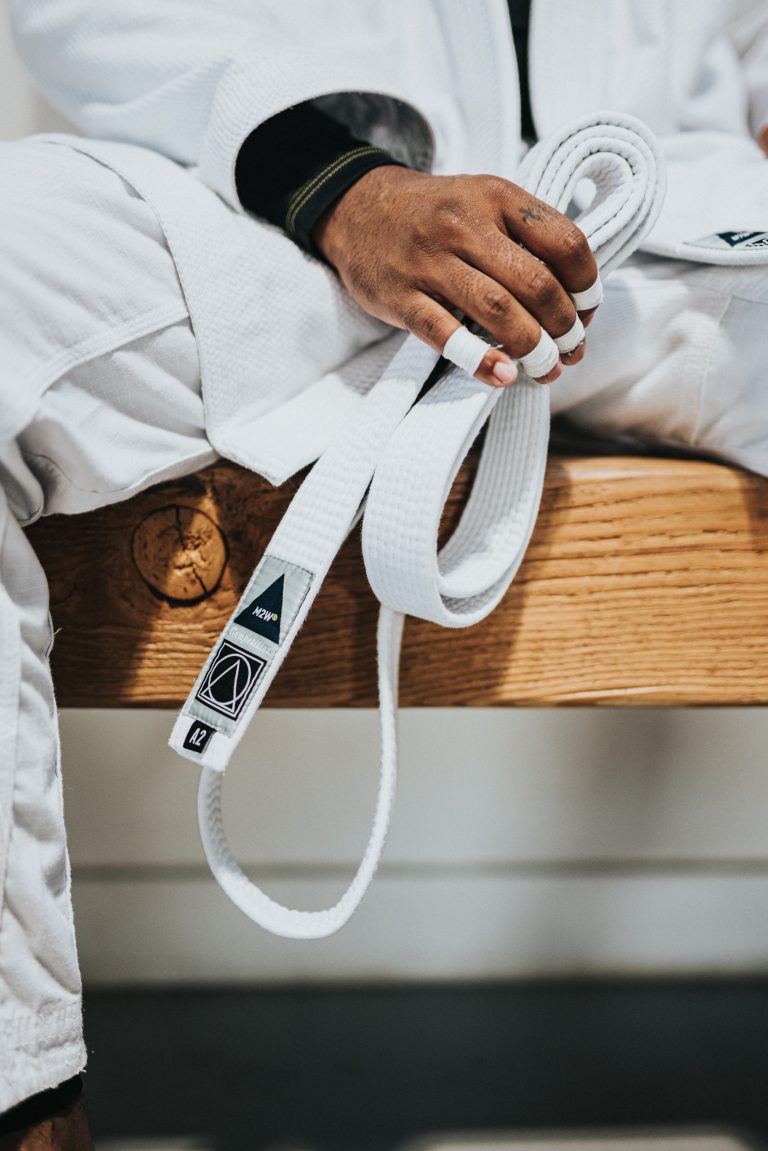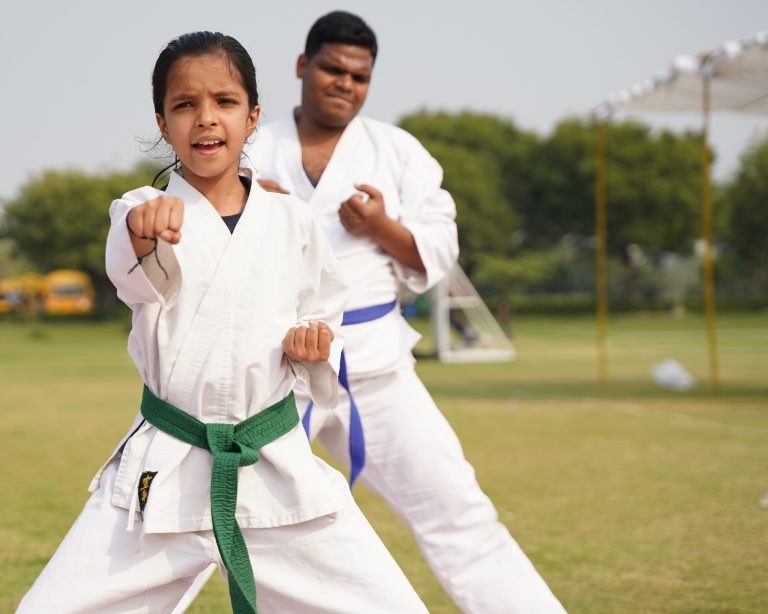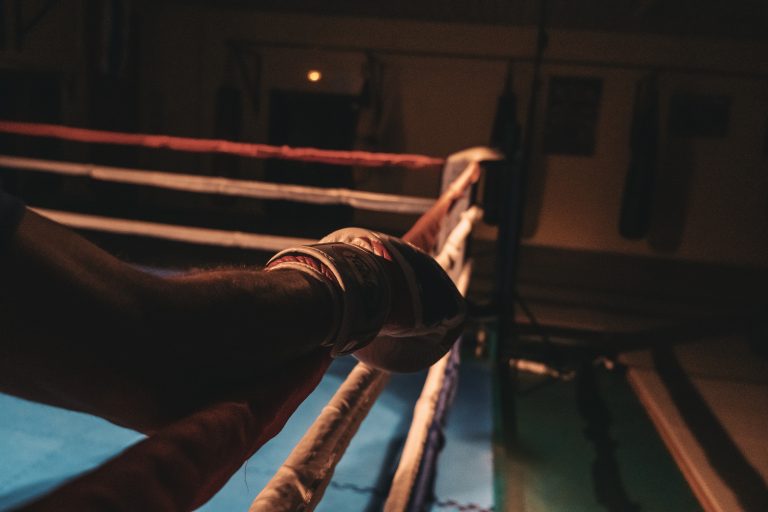What Is The Difference Between Shotokan Karate and Tang Soo Do?
The martial arts of the Far East are rooted centuries in the past yet they remain popular today, with schools, dojos, and clubs offering a range of arts, from karate and tae kwon do to judo and kung fu. Two of the most widely practiced are Shotokan karate and Tang Soo Do, taken together by hundreds of thousands of practitioners worldwide.
At first glance, these arts may appear interchangeable, but to those more familiar with their distinct characteristics, the answer can be one of stark contrast. In this article we will take a look at the differences between Shotokan karate and Tang Soo Do, starting with their histories, before comparing their philosophy, technique, and training methods. Let’s dive into this overview.
History and Origins
Shotokan karate is a traditional style of karate developed in the early 20th century by Master Gichin Funakoshi. Funakoshi had developed his own style after studying various martial arts in Okinawa – notably, karate from masters like Anko Itosu, who had previously placed more emphasis on kata (forms) than combat. In 1921 Funakoshi gave his first public demonstration of shotokan karate in Tokyo, with striking precision and formal manners. His teachings went on to influence many martial arts styles that followed him.
Tang Soo Do is closely related to Shotokan karate, and traces its origins back to Korea in the 1950s. Student Hwang Kee studied northern Chinese martial arts, which heavily influences Bal Gee – a composite martial art used to create Tang Soo Do shortly after. During World War II, his school had doors shut down by the Japanese occupation forces. After the war Hwang Kee reopened his school and began teaching a system he called “Tang Soo”, or “China Hand”. Its techniques were derived from several martial arts, such as tae kwon do, hapkido, subak (Korean wrestling), and shotokan karate.
Philosophy and Beliefs
The philosophy of Shotokan karate is placed on the principles of respect, courtesy, and self-improvement. The ultimate goal is for practitioners to be able to control their emotions and mind body connection for any situation and thus develop a higher level of spirit and character. This mental discipline is based around Funakoshi’s teachings on “imputation” (what enters our mind), “intuition” (what happens when we act from within), and “evaluation” (the ability to make decisions efficiently).
Tang Soo Do also follows a philosophical approach rooted in practical self-defense and respect for opponents. Hwang Kee put forward that martial arts has three aspects: physical (technique), intellectual (observation and theory), and spiritual (generosity, justice, loyalty). This was in contrast to the overly aggressive nationalism adopted by right-wing Korean political parties at the time. As such, the physical training is done with a focus on flexibility, accuracy, technique simulation using forms, strength building using various methods, and cardio to improve stamina.
Technique and Training
When it comes to technique and training both Shotokan karate and Tang Soo Do adhere to similar principles – both focus on striking and blocking techniques as well as kicks and throws. In Shotokan karate stances are relatively low while arm movements are performed with economy and power; while footwork is fast but light with foot movements directional rather than circular.
In contrast, Tang Soo Do pays more attention to circular movements along with other methods like stretching to increase overall flexibility and evasion techniques such as weaving or sidestepping an opponent’s attack. This includes a greater focus on hand techniques where practitioners move forward or away from their opponents while striking or blocking with their hands; with athleticism encouraged with leaps and bunnyhop kicks taken from taekwondo.
Conclusion
In conclusion, Shotokan karate and Tang Soo Do may both stem from the same roots as martial arts from the Far East yet they offer quite different approaches that have evolved over time. Shotokan karate places emphasis on commitment to learning through rigorous discipline for self-improvement and character building – with an economy of motion valued in its strikes. Tang Soo Do meanwhile takes influence from several Chinese martial arts whilst advocating justice and loyalty through its philosophy – with greater emphasis on flexibility and evasion techniques when practicing its forms or sparring.
Whichever style you choose ultimately comes down to personal preference, yet it’s no doubt that Shotokan Karate and Tang Soo Do each have their own unique characteristics that set them apart. With the right guidance one can learn both styles to become a stronger martial artist overall – thanks for reading!
What Is The Difference Between Shotokan Karate and Tang Soo Do?
Karate and Tang Soo Do are both martial arts that are commonly practiced worldwide. Though they share some similarities, they are separate styles with unique features. Shotokan Karate and Tang Soo Do are two of the most well-known martial arts that belong to this category. This article aims to provide an in-depth overview of both martial arts and highlight the primary differences between the two.
What Is Shotokan Karate?
Shotokan Karate, also known as “Japanese Karate,” is a martial art from Japan. It was created by Gichin Funakoshi, a Japanese martial artist in the early 20th century. Shotokan Karate is characterized by its linear movements and fast, powerful strikes. The style incorporates a range of techniques, including kicks, punches, elbow and knee strikes, and blocks.
Shotokan Karate emphasizes the importance of katas, which are pre-arranged movements of techniques. Practicing katas helps to improve focus, balance, and coordination. Shotokan Karate practitioners also focus on kumite, which is sparring with an opponent. The style emphasizes the concept of zanshin, which means awareness or alertness.
Features of Shotokan Karate:
– Kata practice
– Emphasis on linear movements
– Fast and powerful strikes
– Kumite (sparring) practice
– Zanshin (awareness) concept
What Is Tang Soo Do?
Tang Soo Do is a Korean martial art developed by Hwang Kee in the 1940s. The style combines elements of Chinese Kung Fu and indigenous Korean martial arts. Tang Soo Do emphasizes the use of circular techniques, utilizing both hand and foot strikes.
The style also incorporates a range of other techniques, including joint locks, pressure points, and throws. It is characterized by its emphasis on traditional values and principles, such as respect, discipline, and self-control.
Tang Soo Do practice involves practicing katas, sparring, and practicing self-defense techniques. The style emphasizes the importance of mental discipline and meditation, with practitioners typically training to develop their mind along with their body.
Features of Tang Soo Do:
– Circular techniques
– Use of hand and foot strikes
– Joint locks, pressure points, and throws
– Emphasis on traditional values and principles
– Practice of meditation and mental discipline
Differences Between Shotokan Karate and Tang Soo Do
Although both martial arts share certain similarities, there are distinct differences between Shotokan Karate and Tang Soo Do.
Technique Differences:
Tang Soo Do focuses on circular movements and incorporates a range of techniques such as joint locks, pressure points, and throws. In contrast, Shotokan Karate emphasizes linear movements and fast, powerful strikes.
Training Methods:
Tang Soo Do practice emphasizes the importance of mental discipline, meditation, and traditional values such as respect, discipline, and self-control. Shotokan Karate practice focuses on alertness or awareness, katas, and sparring.
Uniform:
Shotokan Karate practitioners typically wear a white gi and belt, while Tang Soo Do practitioners typically wear a black uniform with red trim.
Ranks and Grading:
The ranking system in Shotokan Karate is based on a series of colored belts, with progression based on demonstration of technique proficiency. Tang Soo Do, on the other hand, utilizes a similar ranking system, but it’s based on the mastery of techniques and the display of traditional values, discipline, and mindset.
Which Martial Art is Right for You?
Deciding between Shotokan Karate and Tang Soo Do can be a tough decision. Both martial arts offer different benefits, and it ultimately depends on your goals and preferences. If you prefer linear movements and fast, powerful strikes, Shotokan Karate may be the better choice for you. On the other hand, if you’re interested in circular techniques, joint locks, and pressure points, and meditation, Tang Soo Do could be a better fit.
Conclusion:
In conclusion, Shotokan Karate and Tang Soo Do are two distinct martial arts that share some similarities, but have significant differences in their approach and techniques. Understanding the differences between the two is important when choosing the martial art that’s right for you. Both styles emphasize discipline, respect, and mental discipline, which can be valuable in all aspects of life.
Inhaltsverzeichnis






